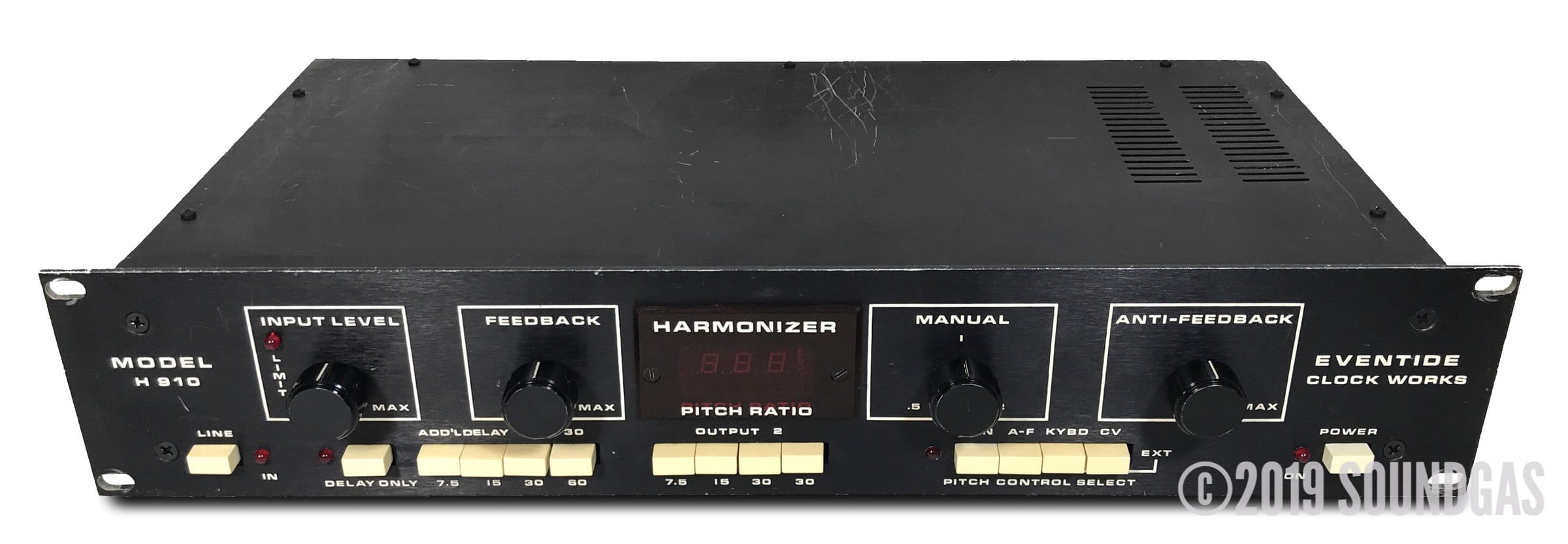

Įventide's original product line consisted of two products: the Instant Phaser (the result of an Audio Engineering Society Show appearance and Eventide's first answer to tape-based flanging), and what would become the 1745 Digital Delay Line (the result of a significant order from Maryland Public Broadcasting and the world's first digital pro audio device).īeginning with the 1745M, Eventide began widely using Random-access memory (RAM) chips in many of their products. Other early products included a two-second delay for telephone research and an electrostatic deflector for dispensing nanoliter quantities of chemical reagents.

When Katz needed to rewind the analog tape back to a specific point on their Ampex MM1000 multitrack recorder, but limited space in the studio did not allow for a tape op (a person who would operate the tape recorder on behalf of the sound engineer), Katz asked Factor to build a gadget that would do the job, and the resulting device turned into an Original equipment manufacturer (OEM) success for Ampex. The business was founded in the basement of the Sound Exchange, a recording studio located at 265 West 54th Street in New York City and owned by Greene.

The combination of glitch, randomness and analog signal path, especially when the feedback control was turned up, added an ‘organic’ feel to the sound and that feeling comes through in the plug-in. This was evident in the way that the display would flicker between pitch ratio readings. The system clocks at the heart of the design drifted and wobbled introducing a degree of randomness in the effect not found in later crystal-based, precise digital devices. The design predates the introduction of the CD and digital audio sample rate standards (e.g. In addition to the glitch, all of the quirkiness of the original H910 has been emulated. Not surprisingly, artists found creative ways to use the glitch and, in fact, years later when the H949 was introduced with advanced de-glitching circuitry, some users were disappointed that the glitch was gone. The original H910’s unique pitch change method introduced random ‘glitches’ into the audio and the word ‘glitch’ into the audio engineer’s vocabulary.


 0 kommentar(er)
0 kommentar(er)
